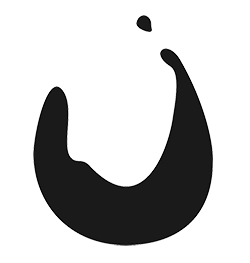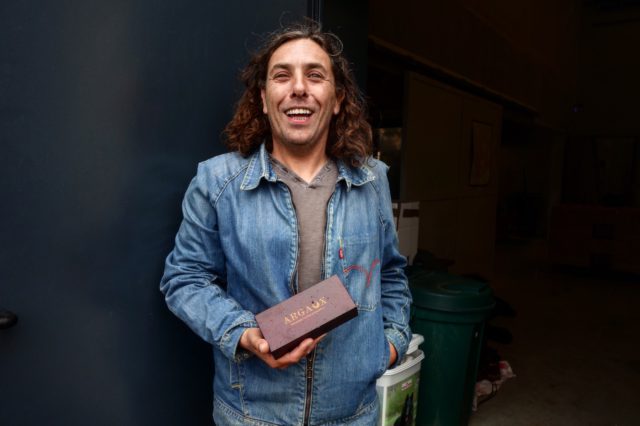2023 Moreau-Naudet & Fils Chablis
Moreau-Naudet Chablis has been compared to icons like Dagueneau and Dauvissat—an extraordinary testament to the precision and elite-level of winemaking that is happening. We are in the big leagues here people. If you love Chablis, this is a must-try.
Organic/biodynamic farming practices, hand-harvested, native yeast fermentation and woman-winemaker.
$64.00
Out of stock
Domaine Moreau-Naudet will always hold a very special place in our hearts. Arden and Margaux visited Stéphane in 2016 after one of the worst hailstorms that hit Burgundy in years. Stéphane had lost almost 80% of his crop the night before our visit and he still welcomed us with a big smile and open arms the next morning.
“Stéphane Moreau may be very young but he’s already been making wine for more than a decade and that he possesses a gifted touch is evident to anyone who has had the pleasure of tasting his wines. One of the strengths of the young is that they’re open minded to new ideas and Moreau told me that he has begun experimenting with biodynamics….. I find Moreau to be one of the most exciting young growers in Chablis and his wines are well worth the trouble to get to know if you haven’t yet tried them.”— ALLEN MEADOWS, BURGHOUND
Stéphane passed away in September 2016, just a few months after our visit. After a period of uncertainty, Stéphane’s wife, Virginie, and his assistant winemaker voiced a strong commitment to continuing Stéphane’s vision. 2015 was the last vintage Stéphane made but subsequent vintages have remained true to his style.
Chablis is a region in northern Burgundy, France that produces white wines exclusively from the Chardonnay grape. Chablis is celebrated for its purity, elegance, and expression of terroir.
Wine Style: Chablis is known for its unoaked or lightly oaked style, allowing the purity of the Chardonnay grape and the terroir of Chablis to shine through. Stylistically they are typically dry, with high acidity and a crisp, refreshing character.
Food Pairing: Due to its high acidity and mineral character, Chablis pairs exceptionally well with seafood dishes such as oysters, shellfish, and grilled fish. It also complements light chicken or pork dishes, salads, and lemon or pesto pastas.
Terroir: During the Jurassic period, approximately 150 million years ago, the area that is now Chablis was covered by a shallow sea. The distinctive soils of Chablis, known as Kimmeridgian soils, bear evidence of this ancient marine origin. The soil is rich in limestone, clay, and fossilized oyster shells, which impart distinctive minerality to the wines.
Classification: Chablis wines are classified into different appellations based on the vineyard’s quality and location. These include:
-
- Chablis Grand Cru: The highest classification, produced from the best vineyard sites in the region.
- Chablis Premier Cru: Wines from premier cru vineyards, which are also highly regarded for their quality.
- Chablis AOC: The broader appellation covering wines from the wider Chablis region.
- Petit Chablis: Considered the entry-level appellation within the broader Chablis region hierarchy. The vineyards are located on the outskirts of the region, typically on Portlandian soils which are chalky and less stony than the Kimmeridgian soils found in Chablis proper. Petit Chablis provides an accessible and affordable introduction to the style of Chablis.












